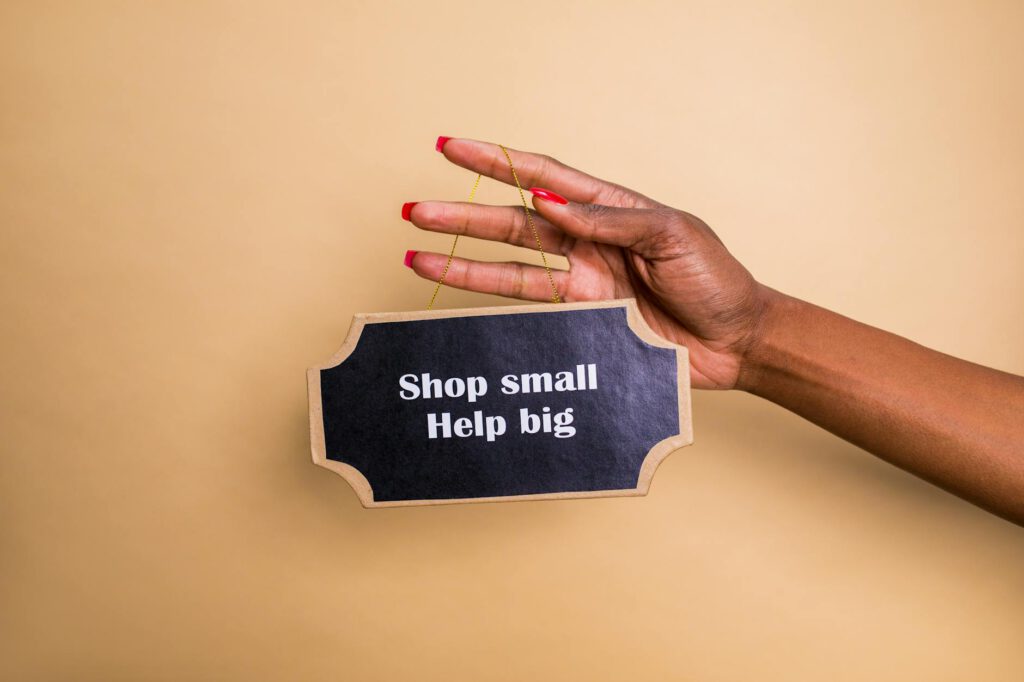****
Introduction
In today’s digital landscape, small businesses need more than just a social media presence—they need engagement. Facebook Groups have emerged as a powerful tool for fostering community, driving brand loyalty, and even boosting sales. Unlike traditional Facebook Pages, groups offer a space for meaningful interactions, allowing businesses to connect with customers on a deeper level.
Whether you’re a solopreneur, a local shop owner, or an e-commerce brand, leveraging Facebook Groups can help you build trust, gather feedback, and create a loyal customer base. This guide explores how small businesses can use Facebook Groups effectively, with actionable strategies, real-world examples, and essential tools to maximize success.
Why Facebook Groups Are Essential for Small Businesses
Facebook Groups provide a unique opportunity for businesses to engage with their audience in a more personal and interactive way. Here’s why they matter:
- Higher Organic Reach: Facebook’s algorithm favors group content, making it more visible than standard posts on business pages.
- Direct Customer Interaction: Groups allow real-time conversations, Q&A sessions, and peer-to-peer recommendations.
- Exclusive Community Feel: Members feel valued when given access to special content, promotions, or insider updates.
- Valuable Feedback & Insights: Businesses can gather direct input from their most engaged customers.
With over 1.8 billion people using Facebook Groups monthly, small businesses that harness this tool effectively can gain a competitive edge.
How to Create a High-Engagement Facebook Group
1. Define Your Group’s Purpose
A successful Facebook Group must have a clear focus. Ask yourself:
- Who is your target audience? (e.g., fitness enthusiasts, small business owners, local shoppers)
- What value will members get? (e.g., exclusive discounts, expert advice, networking)
- How will this align with your business goals? (e.g., increasing brand loyalty, driving sales)
Example: A handmade jewelry business might create a group called “Handmade Jewelry Lovers” where members get early access to new designs, styling tips, and live crafting sessions.
2. Optimize Your Group for Discoverability
To attract the right members, optimize your group’s settings:
- Name & Description: Use relevant keywords (e.g., “Small Business Marketing Tips” instead of just “Marketing Group”).
- Privacy Settings:
- Public Groups are searchable and great for brand awareness.
- Private Groups foster exclusivity and deeper engagement.
- Cover Photo & Rules: Use branded visuals and set clear guidelines to maintain a positive environment.
3. Grow Your Group Strategically
Instead of waiting for members to join, actively promote your group:
- Invite Existing Followers: Share the group link on your Facebook Page, Instagram, and email list.
- Collaborate with Influencers: Partner with micro-influencers to bring in their followers.
- Run Facebook Ads: Target users interested in your niche with a “Join Group” ad campaign.
Engagement Strategies to Keep Members Active
1. Post Consistently with Valuable Content
A dead group loses members fast. Maintain engagement with:
- Discussion Questions (e.g., “What’s your biggest business challenge?”)
- Polls & Surveys (Great for market research!)
- Live Q&A Sessions (Host weekly expert talks)
- Exclusive Deals (Offer group-only discounts)
Example: A bakery group could post “Flavor of the Week” polls where members vote on next week’s special.
2. Encourage User-Generated Content (UGC)
People love sharing their experiences. Motivate members to post:
- Customer testimonials
- Product unboxings
- Success stories
Pro Tip: Feature top contributors in a “Member Spotlight” post to boost participation.
3. Leverage Facebook Group Features
Maximize engagement using built-in tools:
- Pinned Posts – Highlight important announcements.
- Units (for Learning Groups) – Organize educational content.
- Events – Promote webinars, sales, or meetups.
Turning Engagement into Sales
1. Soft-Sell with Value-First Content
Avoid aggressive promotions. Instead:
- Share how-to guides related to your products.
- Post customer success stories (e.g., “How Sarah grew her business using our tools”).
- Offer limited-time group-only discounts.
2. Use Facebook Shops & Group Integration
If you sell products, link your Facebook Shop to the group. Members can browse and buy without leaving Facebook.
3. Host Flash Sales & Giveaways
Create urgency with:
- 24-hour sales (announced only in the group)
- Giveaways (Require comments/shares to enter)
Essential Tools & Resources
- Facebook Group Insights – Track growth and engagement metrics.
- Canva – Design eye-catching posts.
- Zapier – Automate welcome messages for new members.
- ManyChat – Set up chatbots for FAQs.
FAQs About Facebook Groups for Small Businesses
Q: How often should I post in my Facebook Group?
A: Aim for 3-5 posts per week to stay active without overwhelming members.
Q: Can I monetize my Facebook Group?
A: Yes! Offer premium memberships, sponsorships, or exclusive paid content.
Q: Should I allow members to promote their businesses?
A: Set clear rules—allow it in a designated thread to avoid spam.
Conclusion
Facebook Groups are a goldmine for small businesses looking to build a loyal community and drive sales. By focusing on engagement, providing value, and strategically promoting your offerings, you can turn a simple group into a thriving hub for customer interaction and revenue growth.
Start small, stay consistent, and watch your community—and business—flourish.
Ready to grow your business with Facebook Groups? Join our [Your Group Name] for more tips! (Optional CTA)

